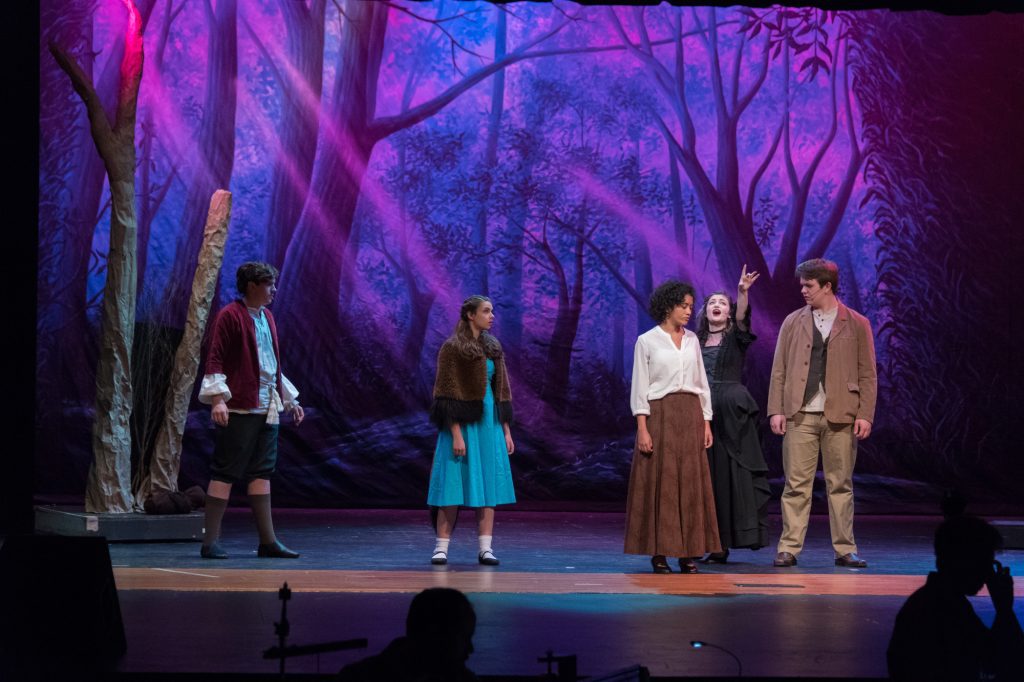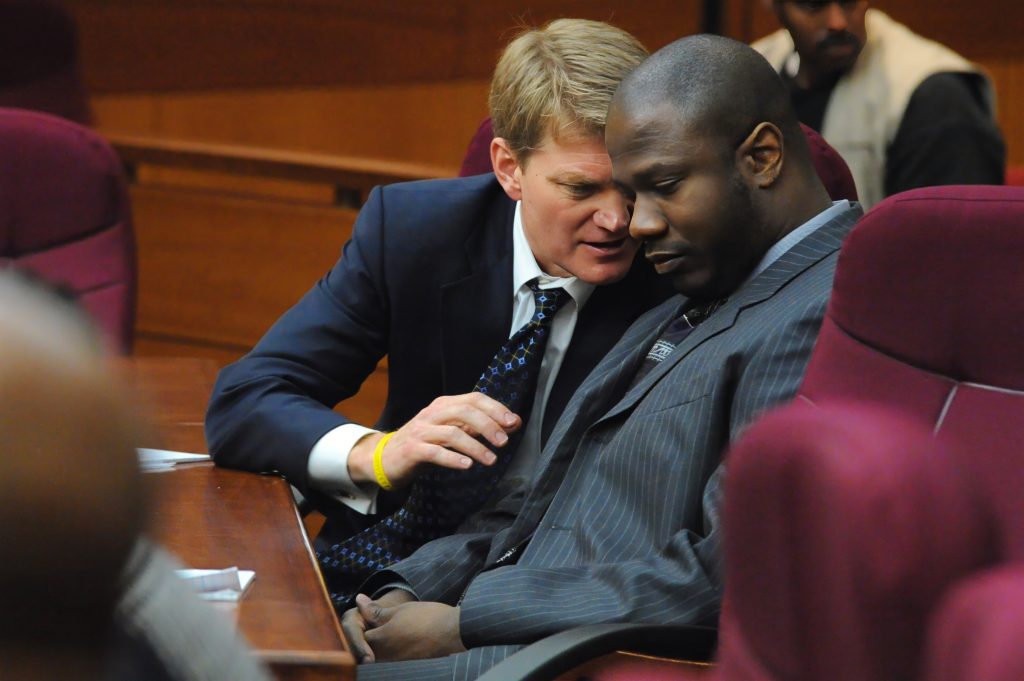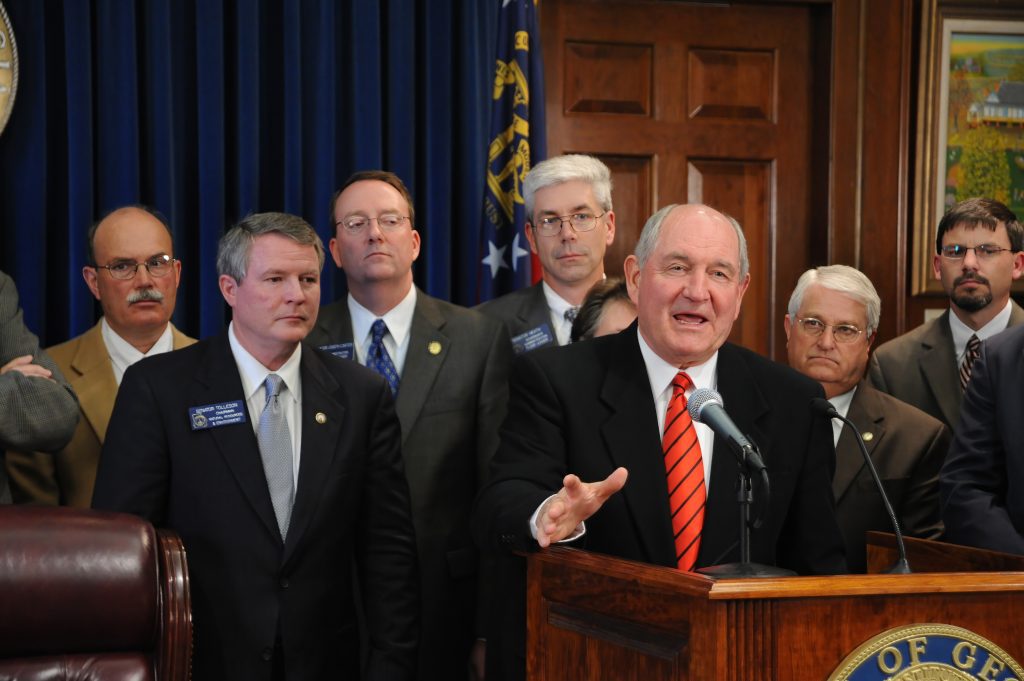Caption: Early Surgical Theaters: In the history of medicine, particularly during the Renaissance period, surgery was often performed in settings that resembled theaters. These early surgical theaters were designed with an elevated platform or stage where the surgeon would operate. At the same time, medical students and observers would watch from tiers of seating surrounding the surgical area. The purpose was not entertainment but education, as these observers were learning about surgical techniques and anatomy.
Introduction
Storytelling has been an integral part of human culture since time immemorial. It’s a medium that transcends language barriers, connects people emotionally, and has the power to shape societies’ beliefs, values, and perspectives. In today’s world, the influence of storytelling has extended beyond the realms of traditional folklore and literature to impact our culture for good in various ways. In this blog, we’ll explore how storytelling, through mediums such as the musical “Hamilton” and visual storytelling in journalism and documentaries, has the potential to educate, inspire, and bring about positive change in our society.

Hamilton: A Revolutionary Musical
One prime example of how storytelling through art can educate and enlighten is the Broadway phenomenon, “Hamilton.” Created by Lin-Manuel Miranda, this musical takes the historical narrative of the American founding fathers and brings it to life fresh, modern, and inclusive. The show emphasizes the immigrant backgrounds of many of America’s founding figures, such as Alexander Hamilton, who was born in the Caribbean.
“Hamilton” sheds light on the nation’s immigrant heritage by celebrating immigrants’ contributions to the United States’ founding. This narrative has resonated with audiences nationwide, fostering a deeper understanding of immigration issues. It reminds us that America’s strength has always been its diversity and that its ideals extend to all who seek a better life within its borders. “Hamilton” has played a vital role in reframing the immigration debate and promoting a more inclusive perspective on American identity.

Visual Storytelling in Journalism and Documentaries
In the age of information overload, visual storytelling plays a pivotal role in shaping public opinion and catalyzing social change. Journalists and documentarians use the power of images, videos, and multimedia to bring complex issues to life and connect with audiences on a visceral level.
For example, consider the recent headlines on climate change. Documentaries like “Our Planet” and investigative reports by news outlets leverage stunning visuals to convey the urgency of environmental issues. Through breathtaking cinematography and compelling narratives, these stories educate and inspire viewers to take action. Visual storytelling can make abstract concepts like climate change tangible, driving individuals and communities to demand change and adopt more sustainable practices.
A Timely Example
This month’s headlines have been dominated by coverage of the humanitarian crisis in a conflict-stricken region. Visual storytelling in journalism and documentaries has played a crucial role in raising awareness of the situation. By vividly depicting the struggles of those affected, these stories have mobilized international aid efforts and sparked conversations on the need for diplomatic solutions. The power of visual storytelling has been instrumental in rallying global support for positive change in this crisis.

Are You Capturing Your Own Stories?
As we reflect on the impact of storytelling in our culture, it’s essential to consider our narratives. We have a unique story; our daily experiences can contribute to a richer cultural tapestry. Are you taking the time to capture the stories of your life and those around you? Whether through writing, photography, or videography, your accounts can profoundly impact your community and beyond.
Do You Need Professional Help?
Sometimes, telling your story effectively requires the expertise of a professional visual storyteller. If you feel overwhelmed or lack the technical skills to convey your narrative, seeking assistance from a professional can be invaluable. Visual storytellers are adept at compellingly framing your experiences, ensuring your message reaches and resonates with a broader audience.
Conclusion
The power of storytelling to impact our culture for good is undeniable. Whether through mediums like the musical “Hamilton,” visual storytelling in journalism and documentaries, or our narratives, storytelling can educate, inspire, and effect positive change. As we continue to navigate the complexities of our world, let’s remember the influence we hold as storytellers and our role in shaping a more informed, compassionate, and inclusive society.

